Flexibility is defined as the range of motion in a joint, group of joints or the ability to move joints effectively through a complete range of motion.
Flexibility training includes stretching exercises to lengthen the muscles and may include activities like stick mobility, static stretching such as the typical cool down style, or dynamic stretching which is really good as a standalone session or warm up to other key training sessions.
Even now as trainers at Body Planners we constantly hear the same groans of the common knee, hip, back problem areas, and see people paying total disregard to stretch exercises that will help combat the symptoms and cause of said groans.
If we take flexibility in the sense of something else, say… how much more flexible you’ve become as a result of the in and out lockdown measures that have been imposed either now, or in the past. You’ve probably (if you’re anything like me) found that the increased flexibility has released tension in other areas. For example, if you’re working from home, you’re already there, ready to move on to the next task. You might be that regular gym goer that’s now signed up to BP @ Home because having the flexibility to workout at home, with people you know deliver results allows you access to quality training, whilst still being able to accommodate other tasks in your day such as work and lockdown DIY chores.
The point I try to make here is that with increased flexibility, you as a consumer stands to gain more, whether it’s within your routine, your lifestyle or your body.
So, back to the training side of things. Flexibility is generally hindered through the use of repetitive movements or lack of movement as a result of the latest sedentary lifestyle. Whether you drive a desk or a bus, prepare for tight pecs, de-conditioned posterior chain and potential pain symptoms in the knees, hips and lower back as a result. Tight pecs on their own I guess doesn’t sound too bad but the reality of that is you’ll have a rounded upper back and walk around like the gremlin of Bridlington harbour.
As we’ve identified before, all of our connective tissue is indeed attached, in some way. It isn’t a case of this connects to that, and has no effect on the other. If you’re tight in one area, it will pull through other connective tissue until it tightens to the point where it gives you pain.
I use a simple washing line phenomenon to explain this (rotary washing lines excluded, others are available). Traditionally a washing line is fastened to the back yard wall of any mid terrace house in the 70s and to a post by the back gate. See these two points as ‘joints’ and the line as your ‘muscle’. Upon placing our heavy washing (in this case, stress) onto the line (muscle) it pulls and pulls at the two points (the joints), the more washing you put on, the more stress on the line, the more it pulls on the wall and the post. Eventually, this can lead to a failure of the system, and in body terms, pain or injury.
Obviously, nobody wants pain. Nobody wants an injury to endure just because they’ve nothing else to do. As we know, prevention is better than the cure so the best way to prevent these pain symptoms and tight feelings is to incorporate flexibility and mobility work into your training.
If you’re following @Home, we’ve got you covered anyway but aside that you should make a little effort in reducing your time spent sitting, especially for extended time. Obviously, if you work I’m not suggesting you wag it to saunter round your local reservoir, I’m simply recommending don’t add to it by binge watching a box set you’ll never see the end of after spending all day sat down. Even an 30 minute stroll after extended sitting periods will do you more good than ‘breaking bad’. Also, bearing our weight is the simplest form of exercise. Our nervous system adapts to positive and negative stress. It progresses and regresses. If you give the nervous system little reason to identify the fact of it your body needing to be strong enough to hold its own, it eventually won’t be able to. If this is a lie, how come Tim Peake couldn’t stand or walk after 6 month orbiting the planet?
The joint pain and poor flexibility symptoms are all warnings, and tell us that your nervous system isn’t sure about the ranges of movement you’re committing your body to. Generally most tightness comes from imbalance as I mentioned above. Sitting weakens the posterior chain, allowing the anterior chain to be dominant. To counter this, stretching anterior chain muscles and strengthening posterior chain muscles will restore balance, reduce the stress placed through the muscles and reduce the pain you’ve been feeling in your joints as a result.
The good news is, the bad stuff or even worse case scenario stuff can take time to seep out into your joints and fascia, so we recommend starting now and getting ahead of the curve. Flexibility isn’t one of those things you have or don’t have, it’s one of those things that vary, and one of those things that varies from person to person because of our own individual lifestyles. A climber might be really good with overhead flexibility, but unable to squat effectively. A rower might be really good at tucking into a ball and stretching out tall, but can they twist from side to side? There’s always something you can do to improve your flexibility, and as I argued above. More flexibility allows for more enjoyment, and better quality of anything you’ve got flexibility in.

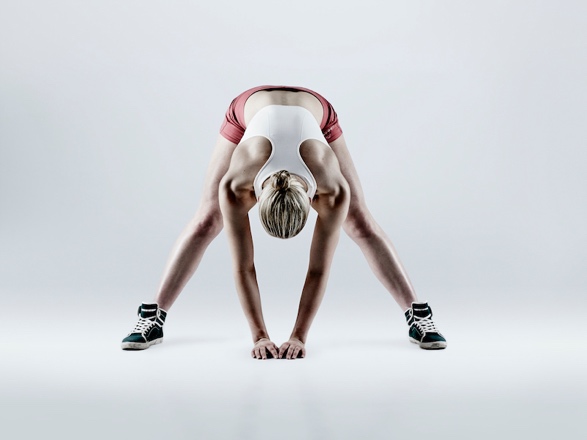
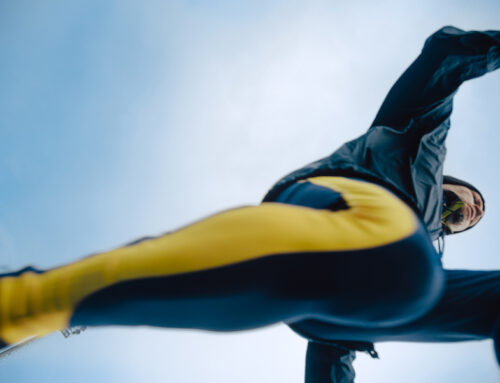

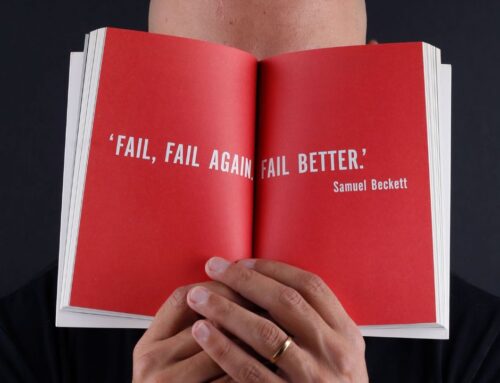
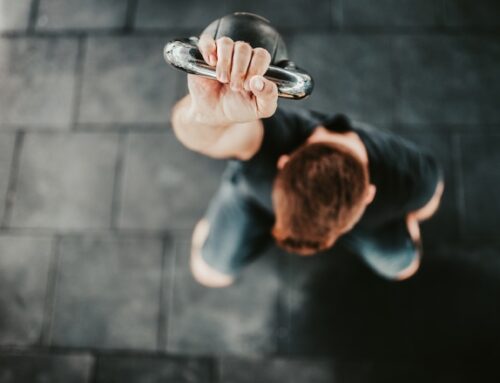
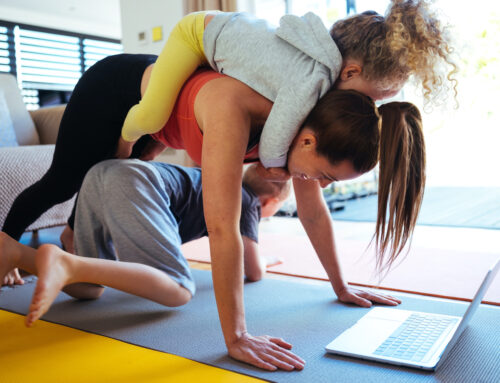
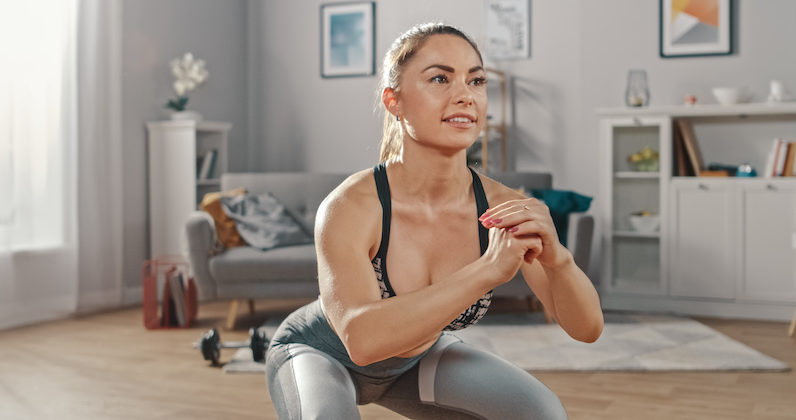 >
>

Leave a Reply